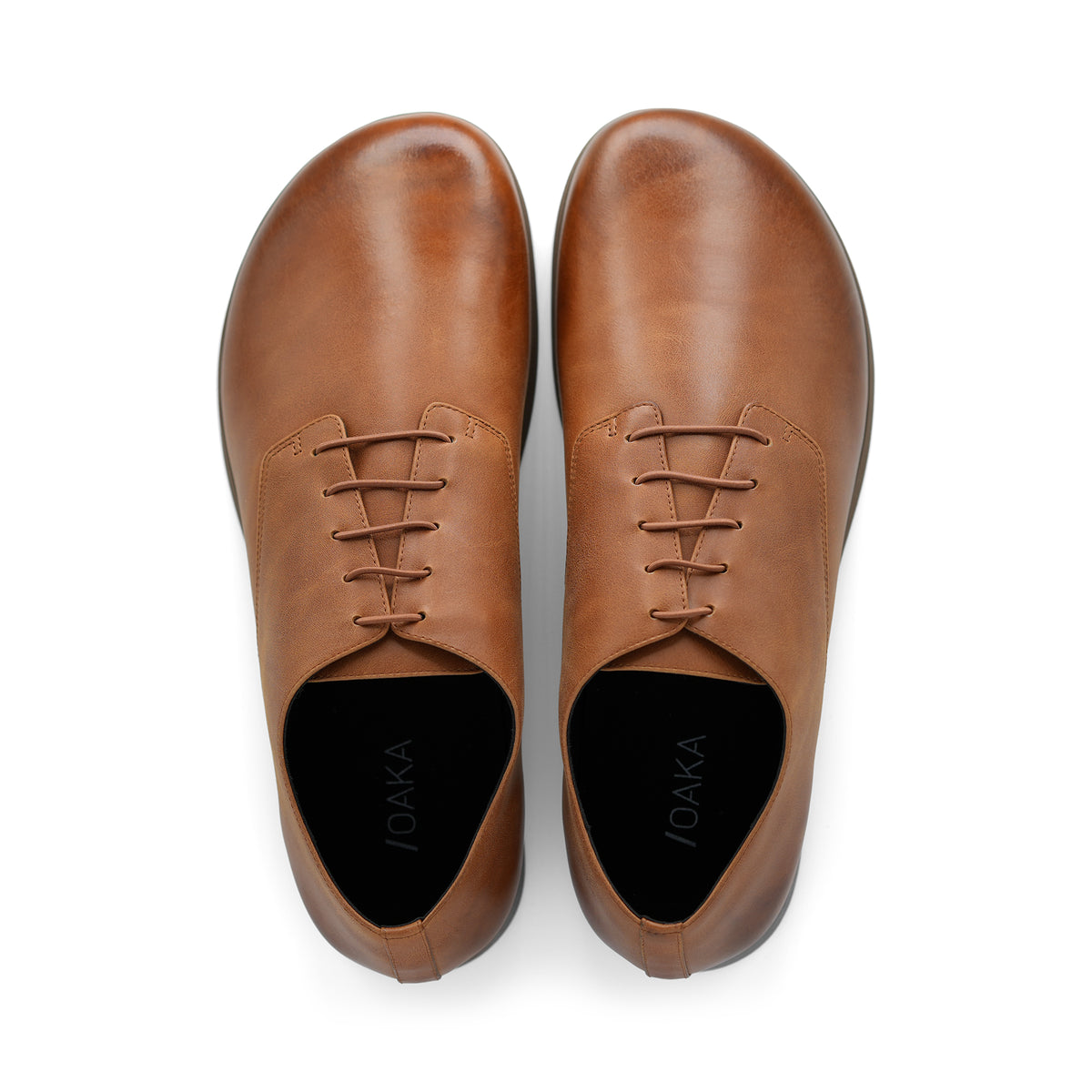Battling foot discomfort or want to boost foot strength? Discover simple foot strengthening exercises that you can weave into your daily regime. From increasing stability to reducing the risk of injury, this guide is your first step to resilient and agile feet. Get ready to explore a range of exercises that will transform your foot health, all with minimal fuss and maximum gain.
Key Takeaways
-
Regular foot exercises such as marble pickups, toe raises, and ankle circles enhance strength and flexibility, providing a foundation for preventing pain and injury.
-
Exercises targeting the ankles and calves, such as ankle rotations and calf raises, are crucial for increasing stability and preventing common injuries like ACL tears and shin splints.
-
Proper foot care involves balancing strength training with stretches for range of motion and consulting healthcare professionals like physical therapists for personalized routines and injury management.
Essential Foot Strengthening Exercises
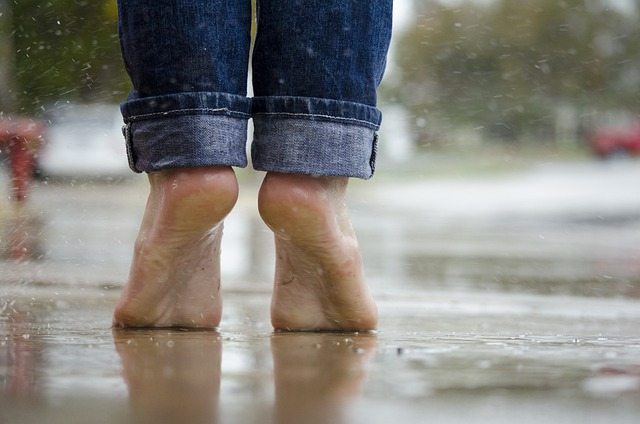
A routine of foot exercises can fortify your feet against pain and injury, simultaneously enhancing their strength and flexibility. Imagine sculpting your feet into pillars of stability with the added grace of a ballerina. The following exercises, ranging from marble pickups to toe raises, are your toolkit for constructing a solid base.
-
Marble pickups
-
Toe curls
-
Toe spreads
-
Toe raises
-
Ankle circles
Incorporate these exercises into your daily routine to maintain healthy feet and keep them strong.
Don’t forget that lasting change takes time; begin these exercises gently and gradually build up to optimal foot health.
Toe Raises and Points
Ever thought of your toes as mini powerlifters? Toe raises and points are like the deadlifts for your digits, working those tibialis anterior muscles and granting your toes the strength to stand tall.
Here’s how to do toe raises and points:
-
Begin seated with feet flat.
-
Lift your toes off the ground, keeping your heels on the floor.
-
Lower your toes back down.
-
Repeat for a set number of repetitions.
Performing this exercise regularly will help strengthen your toes and improve their flexibility.
For the grand finale, take it to a standing ovation, toes pointing to the sky from the floor, step, or incline, commanding strength from your lower leg with your knee straight.
Big Toe Stretch
The big toe, along with the big and second toes, your body’s thumbprint on the world, deserves its limelight. The Big Toe Stretch is like a yoga retreat for your most substantial digit, offering a respite from the confines of fashionable footwear. Picture yourself unwinding, one foot over the other thigh, as you gently encourage your big toe to explore new territories in every direction.
With each 5-second hold, you’re not just stretching; you’re reclaiming the mobility stolen by those stylish, yet oh-so-tight shoes.
Toe Splay
Fan out all your toes like the vibrant plumage of a peacock with the Toe Splay. This exercise unleashes the full spectrum of your toe muscles, from the squish to the grand splay. Seated or standing, let your toes bloom wide, grounding the big toe firmly to the earth, a testament to your growing control over these often neglected appendages.
Regularly partake in this toe ballet, and you’ll not only improve foot health but also waltz away from the dreaded toe cramps. Want to turn up the intensity? Loop a rubber band for a resistance that would make even a peacock envious.
Enhancing Ankle Stability and Mobility
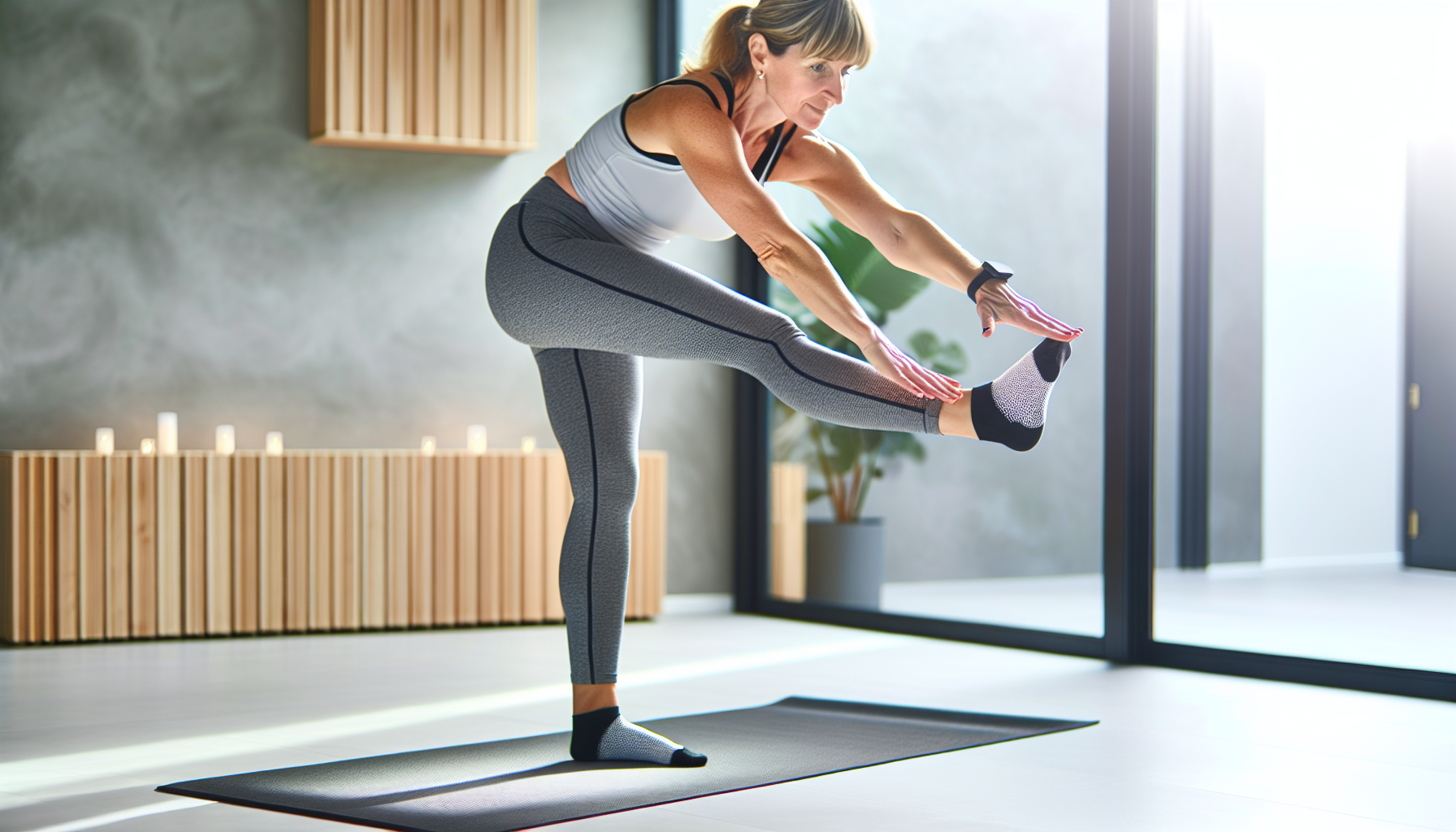
Ankles, the pivot points of poise, play a pivotal role in graceful navigation through life’s twists and turns. Ensuring their stability and mobility is akin to greasing the gears of a well-oiled machine. No matter if you’re a professional athlete or a fitness enthusiast, integrating ankle exercises into your regimen can protect against injuries such as ACL tears, shin splints, leg pain, and even help prevent ankle pain.
Now, we’ll explore the art of ankle strengthening, turning them into strongholds of balance and flexibility.
Ankle Range of Motion
Ankle Range of Motion exercises are like the morning stretches of the foot world, essential yet often skipped. Picture this: the simple act of pointing and bending your toes can elevate your ankle’s flexibility to ballet dancer heights. The half-kneeling dorsiflexion test, with your knee slightly bent, is your yardstick, measuring your current mobility and marking your progress as you advance.
Consistently perform these movements for your ankles, and you’ll gain a freedom of movement that helps prevent injuries.
Ankle Rotation
Ankle rotations, the gyroscope of foot exercises, keep your feet centered and stable in the whirlwind of daily activities. Visualize the slow, deliberate circles traced by your foot, independent of leg movement, a solo performance strengthening your ankle joint.
Like a potter’s wheel shaping clay, these rotations mold your ankles and heel cord into versatile tools, capable of adapting to any terrain life throws at you.
Achilles Tendon Stretch
The Achilles Tendon Stretch, a tribute to the legendary hero, bestows your tendons with the resilience to face any challenge. Stand proud, one foot behind the other, and lean into the wall as if pushing against the winds of fate, feeling the stretch sing through your calf.
For those who find the siren call of the stretch too intense, fear not; resistance bands can offer a gentler, yet equally effective, melody.
Calf Muscle Workouts
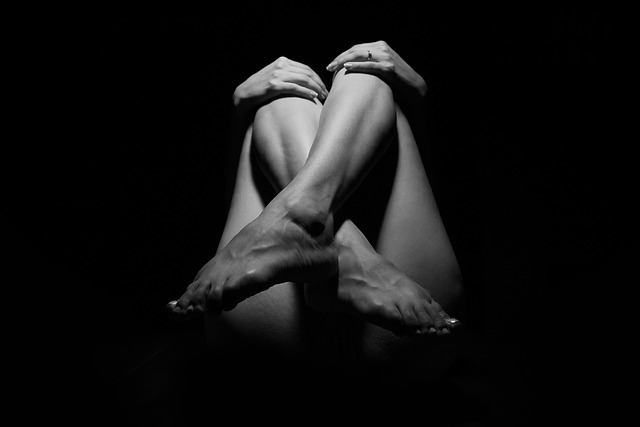
Ever marveled at the statuesque calves of a sprinter? These athletes know that calf muscles are the pillars that support the temple of the body. Calf workouts not only sculpt these muscles into works of art but also serve as guardians for the Achilles tendon, ensuring it remains unscathed. Some effective calf exercises include:
-
Calf raises
-
Jump rope
-
Box jumps
-
Standing calf stretch
-
Seated calf raise
Incorporating these exercises into your workout routine will help you build strong and defined calf muscles.
From the peaks of heel lifts to the valleys of toe raises on a step, these exercises stretch and strengthen the calf, enabling it to bear the weight of your ambitions.
Calf and Achilles Tendon Stretch (Runner's Stretch)
The Runner’s Stretch is the serenade for the symphony of calf muscles, easing the tension built up from the day’s pursuits. Visualize the fluidity of a stream as you lean into the wall, back heel rooted to the ground, front knee bending like a willow in the breeze. The gentle tug you feel is the melody of relief as you alternate between the intensity of a straight leg and the harmony of a bent one.
Don’t forget to serenade your calves after strength training; they deserve the encore.
Seated Hamstring Stretch
Imagine your hamstrings as the strings of a violin, each stretch fine-tuning them for the perfect pitch in movement. As you sit on the edge of your seat, extend one leg, and lean forward, the melody of flexibility weaves through your thigh, glutes, and lower back. The Seated Hamstring Stretch not only enhances your mobility but also lays the groundwork for injury prevention, a harmonious balance between strength and suppleness.
Modify the intensity to suit your personal composition, whether it be a gentle adagio or a vigorous allegro.
Plantar Fascia Relief
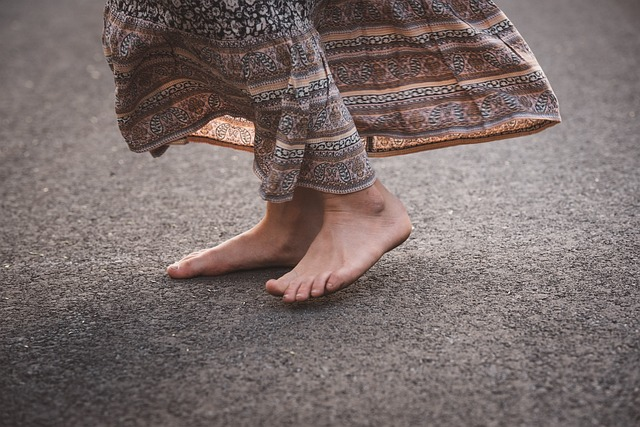
The plantar fascia, the bowstring of the foot’s arch, when struck by pain, can sour the music of your stride. Alleviating this discomfort is like tuning an instrument, bringing harmony back to your steps.
Exercises like toe raises and the Achilles stretch are the maestro’s tools, orchestrating relief and restoring the plantar fascia’s melodious function.
Plantar Fascia Stretch
The Plantar Fascia Stretch is like a slow dance for the arch of your foot, a tender waltz that eases tension and pain. Picture the arch rolling gracefully over a tin can, each movement a note in the melody of relief. Whether you’re seated, pulling your toes back with the finesse of a maestro, or standing, each 15-20 second hold is a crescendo in the symphony of arch health.
Golf Ball Roll
The Golf Ball Roll is the percussionist in the orchestra of foot exercises, providing a rhythmic massage to the arch of your foot. As you gently roll the foot over the golf ball, you’re not just easing discomfort; you’re conducting a symphony of blood flow, oxygen absorption, and waste removal.
This simple action, with your feet gently resting, performed meticulously, can quiet the cacophony of plantar fasciitis pain and elevate your well-being to a standing ovation.
Balance and Coordination Exercises

Balance and coordination, the silent conductors of foot health, are often overlooked until the day you stumble. Yet, like the subtle cues of a conductor, they are essential for the flawless execution of life’s daily choreography. Exercises to fine-tune these skills are like rehearsals, ensuring your performance on the stage of life is met with applause, not a misstep.
Basic Balance Exercise
Stand on one leg, and you transform into a living statue, a testament to the poise within. This Basic Balance Exercise is your plinth, your stage for showcasing the stability you command. To escalate the challenge, introduce a cushion or close your eyes, turning the exercise into a high-wire act that hones your equilibrium to a fine edge. When you’re ready to take it a step further, try performing the exercise with one foot flat on the floor for an added element of difficulty.
With regular practice, you’ll not only improve your balance but also your jumping technique, lending agility to your every leap.
Alphabet Writing
Alphabet Writing with your big toe is the calligraphy of foot exercises, each letter a stroke that enhances ankle mobility and range of motion.
To perform this exercise:
-
Lift the heel
-
Let the big toe scribe each character in the air
-
The movement should originate from the ankle as if it were a pen dipped in the ink of dexterity.
This exercise doesn’t just spell out the alphabet; it writes the story of your ankles’ fluidity and control.
Walking and Jumping for Foot Health
Basic actions like walking and jumping can be seen as daily practice for your feet, readying them for all of life’s activities. Walking in minimalist footwear can be likened to stripping back the orchestra to a solo, allowing each foot to find its natural rhythm and strength.
Jumping exercises, from ankle hops to leg hops, are the crescendos that amplify muscle force, preparing your feet for their standing ovation.
Walk in Minimalist Footwear
Choosing minimalist footwear can be compared to dancing barefoot; your feet can move naturally, utilizing muscles that standard shoes often restrict. With each step, you’re retraining your gait, rediscovering balance, and composing a new harmony between your body and the earth.
Begin this transition like a gentle adagio, slowly incorporating these shoes into your life’s repertoire to avoid any discordant notes.
If you are looking for a pair of barefoot dress shoes we highly suggest OAKA. They are zero drop and flexible while still keeping a professional silhouette.
Expert Tips and Precautions
As you start this journey to strengthen your feet, take advice from those who have walked this path before you. Like a seasoned maestro, a professional can discern the subtle signs of distress in your feet, guiding you back to a harmonious state.
Supportive footwear is the foundation of your foot’s well-being, while maintaining a clean and dry environment keeps the ensemble of your health in tune. And while the melody of exercise is enticing, even the most experienced dancers must sometimes step back and consult a healthcare professional for a tailored routine.
Warm Up Before Exercising
The prelude to any exercise routine is the warm-up, a ritual that prepares the body for the symphony of movements to come. Through the flow of warm blood and the rising cadence of your heartbeat, you ready each muscle for its part in the performance. Whether it’s a gentle stretching sonata or a dynamic movement rhapsody, a proper warm-up sets the tempo for a workout that’s both safe and effective.
Allow yourself these precious moments of preparation, and your body will sing with gratitude.
Consult a Physical Therapist
A physical therapist can act as your rehabilitation guide, creating a routine tailored to your specific condition. They blend stretches, exercises, and manual therapies into a bespoke performance that caters to your individual needs. While the effectiveness of this tailored approach can vary, for many, it’s akin to a standing ovation in the theater of healing.
Specialized methods like Instrument-assisted therapy and Active Release Techniques (ART) are their masterstrokes, ensuring that every nuance of your recovery is addressed.
Summary
As the curtain falls on our exploration of foot fortification, remember that the strength and agility of your feet are the result of daily rehearsals, each exercise a step towards a grander performance. From the delicate stretches of the toes to the robust leaps of balance and coordination, your feet are now equipped to pirouette through life’s challenges. Embrace the routine, consult the maestros of physical therapy, and let the symphony of robust and agile feet play on. Step confidently into your next adventure, knowing your foundation is as solid as the stage upon which you stand.
Frequently Asked Questions
Can you strengthen feet by walking?
Yes, walking regularly can strengthen foot and leg muscles, reducing the risk of injury and improving overall foot health. Consider incorporating walking into your routine for this benefit.
Do foot strengthening exercises work?
Yes, foot strengthening exercises work by reducing lower extremity injury risk and improving the stability of the foot's arch. They target the often overlooked intrinsic muscles of the feet, which play a crucial role in overall foot health and mobility.
Can minimalist footwear really improve my foot health?
Yes, research from Liverpool University has found that walking in minimalist footwear can improve foot strength by 60% in six months, leading to better balance and physical function. Gradually transitioning to minimalist footwear is recommended.
Are there any precautions I should take when starting new foot exercises?
Yes, when starting new foot exercises, it's important to begin gently, especially if you are new to exercising. It's also wise to warm up before exercising and consult a healthcare professional or a physical therapist if you're unsure about the correct techniques or have pre-existing conditions.
What should I do if I experience pain during foot exercises?
If you experience pain during foot exercises, it's important to recognize the signs and consult a professional to avoid worsening the issue. Seeking professional guidance can help prevent any potential foot problems.
_____________
P.S. Try OAKA, our barefoot Derby style dress shoe that strengthens your feet and provides all day comfort.
---
Michael Plater is an authority on barefoot shoes, having spent years reviewing and testing products as well as modifying and ripping out soles to find the healthiest options.
